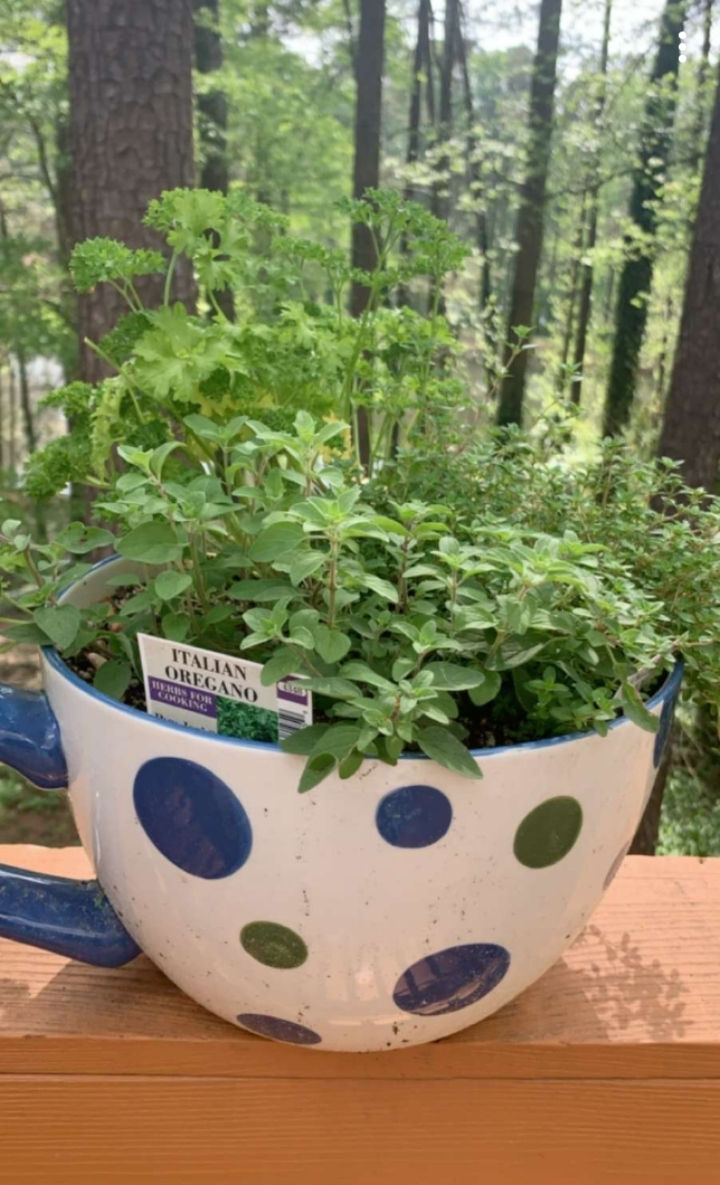Tips and Tricks: Pantry Staples (part three)
- Mix It Up

- Apr 8, 2020
- 2 min read
Updated: Jul 20, 2020

Part three of our pantry staples series focuses on produce and herbs! It can be hard to know what produce to buy when and how to prioritize spices. If you’re looking to elevate your cooking in simple ways, this is a great place to start!
Produce:
Produce items like potatoes, onions, and garlic don’t require fridge space. Potatoes are a great way to stretch a meal when that friend who you’ve been meaning to catch up with conveniently decides to stop by around dinner time… (we’ve all been there!) Onions and garlic are cheap ways to add flavor to a dish, and they last for a long time. We buy fresh bulbs of garlic at the farmer’s market for $1/bulb, which usually lasts about 6 meals. Fresh onions should be stored in a cool, dry place with plenty of ventilation (we made the mistake of storing them in a poorly ventilated area, and it smelled like rotten onions for weeks. We don’t recommend it.)
Refrigerated produce items like cabbage, celery, and cucumbers will last about a week. Cucumbers and celery make good snacks, especially with dips like hummus, and you can get a delicious meal or two from a head of cabbage!
Herbs:
A great idea for fresh herbs is to start an herb garden! Those little containers of herbs at the grocery store can get expensive and you rarely use the whole thing, meaning food and money gets wasted. A small pot works fine for an herb garden, and most Italian herbs such as oregano, basil, and thyme grow well together. Other good herbs to grow are rosemary, parsley, cilantro, and mint. This saves money on flavor when cooking, and it connects you to your food!
Sometimes fresh herbs aren’t always the best choice, but all the spice blends at stores can be confusing. The first things you should buy are salt, pepper, garlic powder, and onion powder. These are good staples for any cuisine you might make. We also love paprika, garlic and herb blends, and chili blends – as you develop your cooking style, you can add to this list and personalize your pantry.
We don’t often recommend packet blends from the store; even though they’re easy, they can be expensive to keep buying long-term and they're often high in sodium. Instead, try the jar spices at the grocery store. If you’re really ambitious, you can even try to make your own spice blend for a signature chili, taco night, or sheet pan meal! This is what we’ve started doing, and it’s saved tons of money.
We hope this helps as you shape your pantry! We want to emphasize that everyone is comfortable with different cuisines and flavors, so our recommendations aren’t universal. Instead, they are meant to serve as a starting point for thinking about produce and herbs to keep on hand.
❤ Juliana and Sarah





Comments